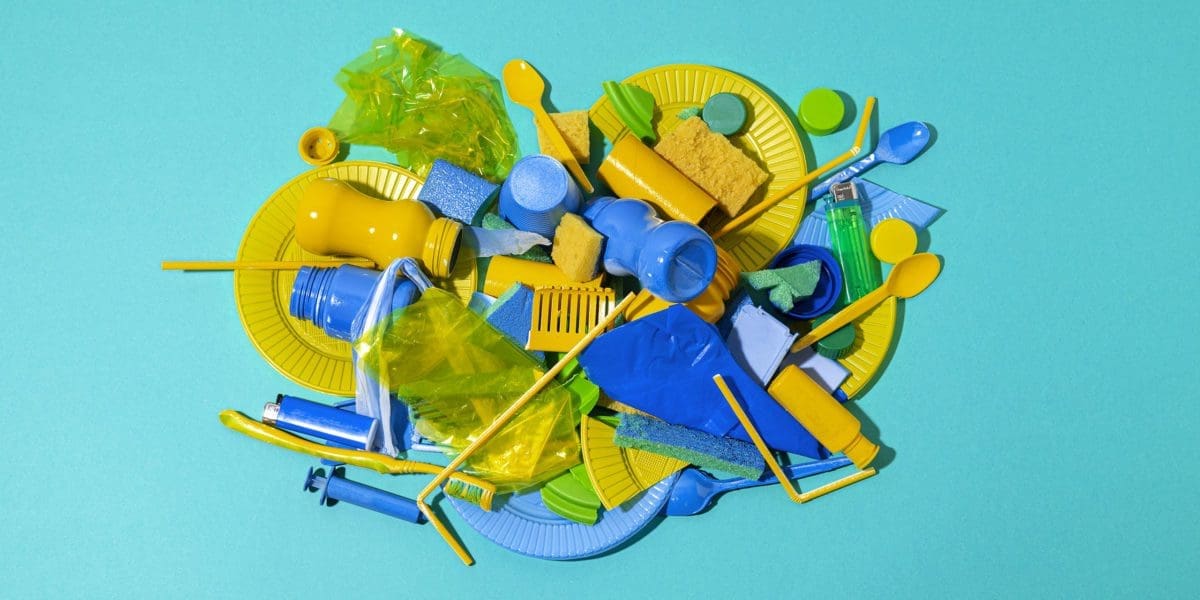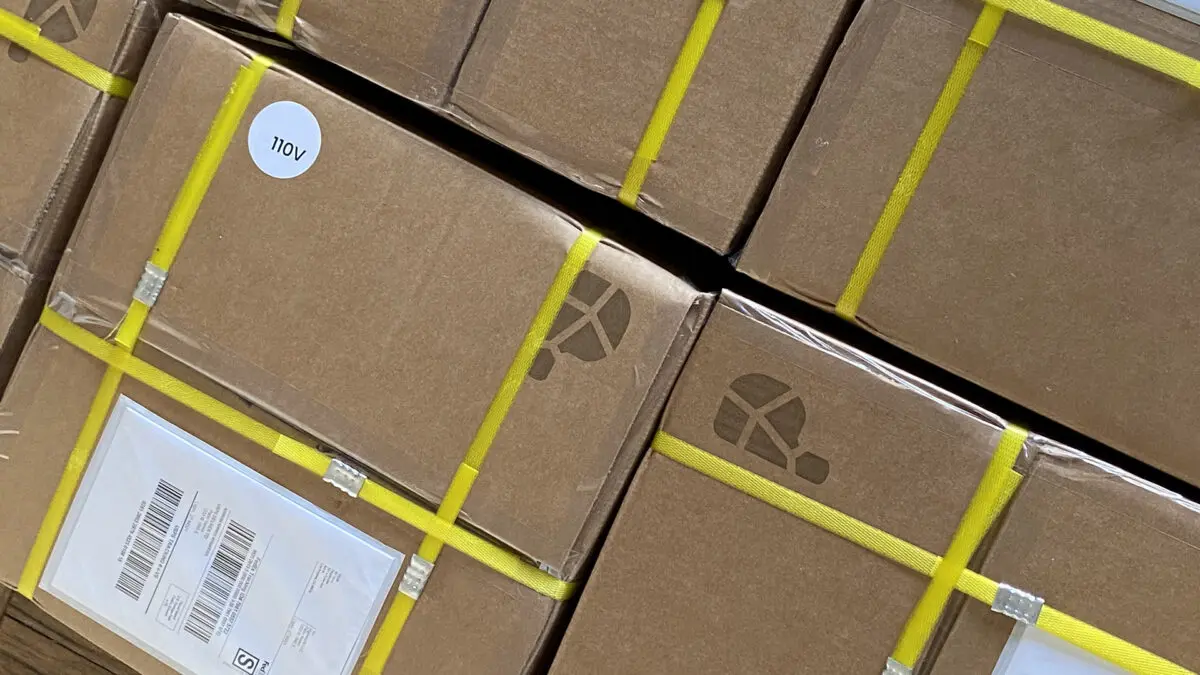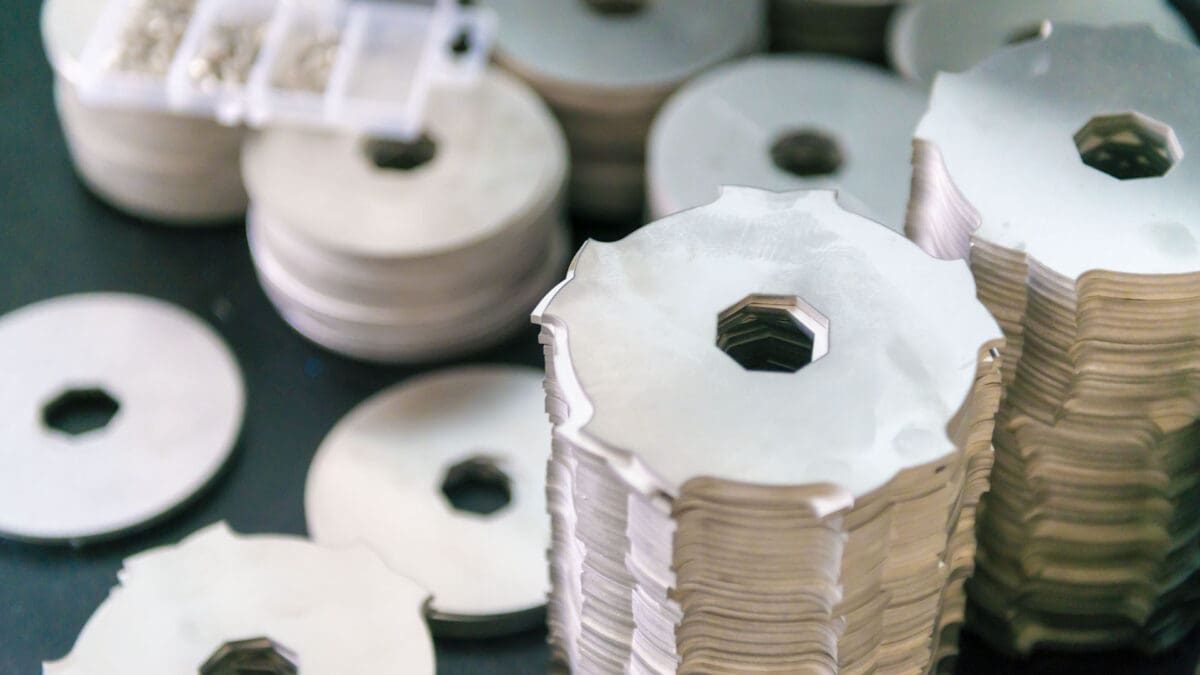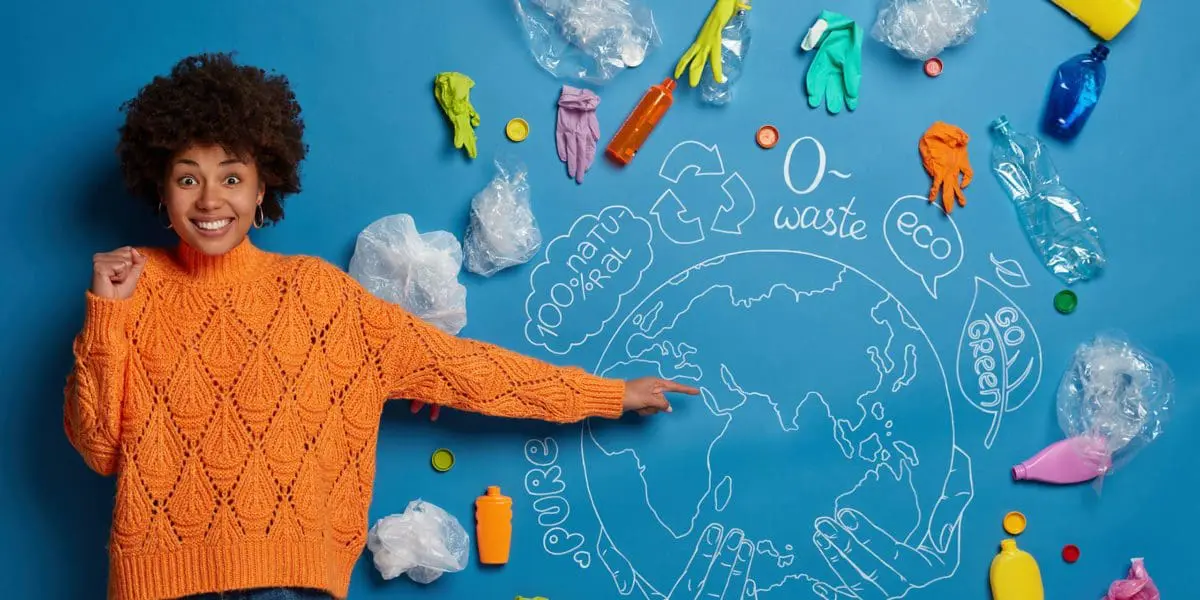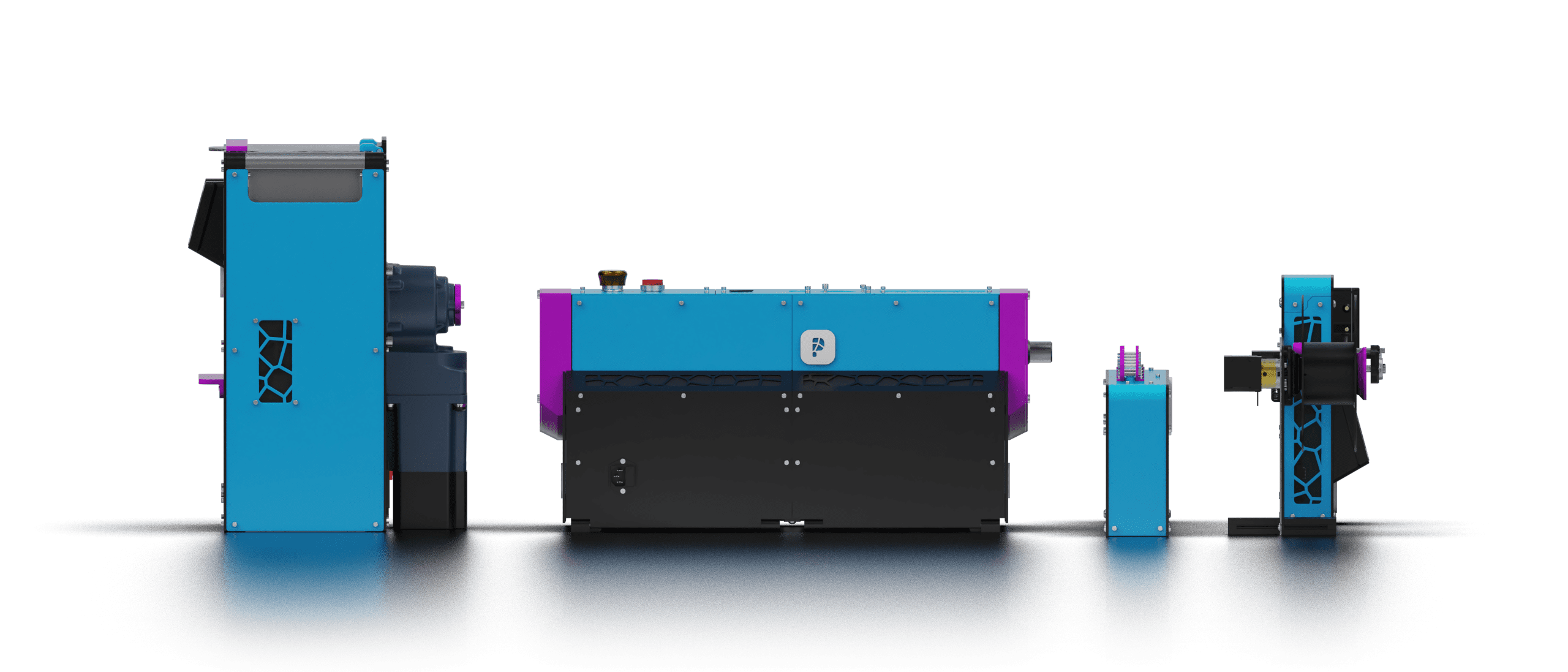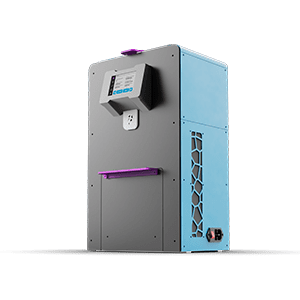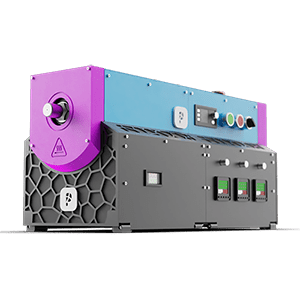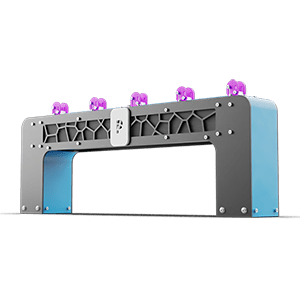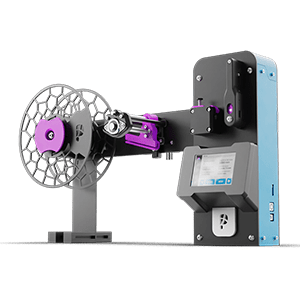Plastic is everywhere in our daily lives, from the packaging of the products we use to the toys we play with. However, the abundance of plastic has led to a serious issue: plastic waste. Plastic takes hundreds of years to break down and can cause harm to the environment and wildlife. That’s why plastic recycling is so important. But did you know that recycled plastic can also be used in 3D printing? That’s right, by combining two important industries, plastic recycling and 3D printing can help to reduce waste and create sustainable products. In this article, we’ll provide a beginner’s introduction to both plastic recycling and 3D printing, and explain how they’re working together to create a better future.
Introduction to Plastic Recycling and 3D Printing
Plastic recycling is the process of recovering used plastic and reusing it to make new products. This helps to reduce waste, conserve natural resources, and decrease greenhouse gas emissions. Plastic can be recycled into a variety of products, including new packaging materials, textiles, and even car parts.
On the other hand, 3D printing is a manufacturing process that creates three-dimensional objects by building up layers of material. 3D printing has revolutionized the way products are designed and made, allowing for more customization and efficient production. One of the materials that can be used in 3D printing is recycled plastic.
By using recycled plastic in 3D printing, not only are we reducing waste, but we’re also creating new, sustainable products. 3D printing with recycled plastic is a great way to promote circular economies and help to create a more sustainable future.
In this article, we’ll take a closer look at plastic recycling and 3D printing, and explore how they can work together to reduce waste and create sustainable products. Whether you’re new to these industries or just looking to learn more, this article will provide a comprehensive introduction to plastic recycling and 3D printing for beginners.
Explanation of plastic recycling
Plastic recycling is the process of collecting used plastic products, sorting them by type and chemical composition, and processing them to create new products. The plastic recycling process begins with the collection of used plastics, which can be done through curbside recycling programs or drop-off centers. The collected plastic is then sorted by type and color, and any contaminants such as food residue or labels are removed.
Once the plastic has been sorted and cleaned, it is shredded into small pieces and melted down. The melted plastic is then molded into pellets, which can be used to create new plastic products. The recycled plastic can be used to make a variety of new products, including new packaging materials, textiles, and even car parts.
Using recycled plastic in 3D printing is a great way to reduce waste and create sustainable products. By using recycled plastic in 3D printing, the plastic is given a new life, reducing the need for new, virgin plastic. This not only helps to reduce waste but also conserves natural resources and reduces greenhouse gas emissions. 3D printing with recycled plastic is a great example of the circular economy in action, where waste is reduced and resources are conserved.
In the next section, we’ll take a closer look at different plastic types and the recycling symbols that are used to identify them. Understanding these symbols is important for properly recycling plastic and ensuring that it can be used in 3D printing.
Importance of plastic recycling
Plastic recycling is important for a number of reasons, both environmentally and economically. By recycling plastic, we can reduce waste and conserve natural resources. Plastic takes hundreds of years to break down in the environment, and can cause harm to wildlife and the ecosystem. By recycling plastic, we can reduce the amount of plastic waste in landfills and the natural environment.
Recycling plastic also helps to conserve natural resources, such as oil and gas, which are used to produce new plastic. It takes less energy to recycle plastic than it does to produce new plastic from raw materials. This means that recycling plastic helps to reduce greenhouse gas emissions, which contribute to climate change.
In addition to environmental benefits, plastic recycling is also economically beneficial. By recycling plastic, we can create new products and reduce the need for new, virgin plastic. This can lead to a reduction in production costs and an increase in economic activity.
The use of recycled plastic in 3D printing further highlights the importance of plastic recycling. 3D printing with recycled plastic helps to reduce waste, conserve resources, and create sustainable products. By using recycled plastic in 3D printing, we can create a more sustainable future and promote circular economies.
In the next section, we’ll take a closer look at 3D printing and how it works with recycled plastic. We’ll explore the different types of 3D printing technologies and the advantages of using recycled plastic in 3D printing.
Overview of 3D printing and plastic recycling
3D printing is a cutting-edge manufacturing process that creates three-dimensional objects by building up layers of material. 3D printing has revolutionized the way products are designed and made, allowing for more customization and efficient production. One of the materials that can be used in 3D printing is recycled plastic.
By using recycled plastic in 3D printing, not only are we reducing waste, but we’re also creating new, sustainable products. 3D printing with recycled plastic is a great way to promote circular economies and help to create a more sustainable future.
Plastic recycling is the process of collecting used plastic products, sorting them by type and chemical composition, and processing them to create new products. Plastic recycling is important for reducing waste and conserving natural resources, such as oil and gas, which are used to produce new plastic. It takes less energy to recycle plastic than it does to produce new plastic from raw materials, meaning that recycling plastic helps to reduce greenhouse gas emissions.
The use of recycled plastic in 3D printing is a perfect example of how plastic recycling and 3D printing can work together to create a more sustainable future. By using recycled plastic in 3D printing, we can reduce waste, conserve resources, and create sustainable products. This is a great way to promote circular economies and reduce our carbon footprint.
In the next section, we’ll take a closer look at the different types of recycled plastic and the recycling symbols used to identify them. Understanding these symbols is important for properly recycling plastic and ensuring that it can be used in 3D printing
